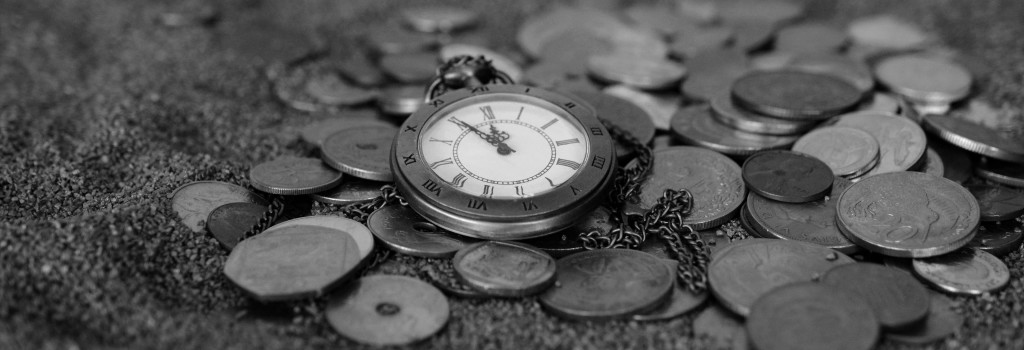
What is Money?
Origin – Barter System
Tom is a vegetable farmer and Amy is a poultry farm owner, if Tom needs chickens or eggs and if Amy needs vegetables and if both of them have in excess of what they need for themselves then they can trade between each other, now for the trade to happen, they would establish an exchange rate, for example 2 chickens = 5 sacks of potato. However, if at a later time and for some reasons if the number of chickens get reduced then the exchange rate would also change, say 1 chicken = 4 sacks of potato.
Tom is a vegetable farmer and Amy is a poultry farm owner, if Tom needs chickens or eggs and if Amy needs vegetables and if both of them have in excess of what they need for themselves then they can trade between each other, now for the trade to happen, they would establish an exchange rate, for example 2 chickens = 5 sacks of potato. However, if at a later time and for some reasons if the number of chickens get reduced then the exchange rate would also change, say 1 chicken = 4 sacks of potato.
Double coincidence of wants:
so far so good, but the problem is, if Tom needs chicken and Amy does not need potato, trade would not happen, the way out would be to find what Amy needs, if Amy needs Grapes, so there can be a possibility of finding someone who whats to exchange grapes for potato and then grapes for chicken. However this only leads to confusions and chaos.
To solve the double coincidence of wants a medium of exchange is needed, and this medium of exchange is money. in the above example if they discover some precious stone, or cowry or gold, then certain value can be associated, for example 1 cowry = 5 sacks of potato = 2 chickens = 3 bunches of grapes. The determination of value of goods or services is dependent on the amount of labor required. For example if it takes 4 months to produce 10 number of an item A, and the same time and effort is required to produce 1 number of item B, then One Item A will be equivalent to Ten items of Item B, and this can be facilitated by using a medium of exchange, and when this medium of exchange is widely accepted it becomes currency.
Usefulness of money is characterised by 5 main characteristics
- Money much be divisible (eggs as a medium of money can’t be used, since it is not divisible)
- Must be portable, meaning should be easy to carry
- Must be durable, potato will rot after sometime so it cannot be an ideal medium
- Must be recognisable
- Money must be scarce otherwise it would not have any value
Different types of money
There are four different types of money:
- Commodity money: Money that is in the form of commodity is commodity money, goods and services are directly exchanged for other goods and services. examples: gold, shell, precious stones, specs, beads etc.
- Fiat money: Fiat money is paper money which is backed by the government. unlike commodity money, fiat money is not backed by any physical commodity. The value of fiat money is derived from the relationship of supply and demand.
- Fiduciary money: This type of money promises to pay in specified amounts of commodity money or fiat money and depends for its value on the confidence or trust. It is not a legal tender. Cheques & drafts are examples of fiduciary money.
- Commercial bank money: Commercial bank liability which takes the form of deposit held at a commercial bank and it can be used for settlement. commercial banks give loans more than the value of the actual currency they hold.
- It is essentialy the debt generated by the commercial banks which can be exchanged for real money.
**Please note, this post is for general understanding
Next Topic: GDP & Exchange Rate

